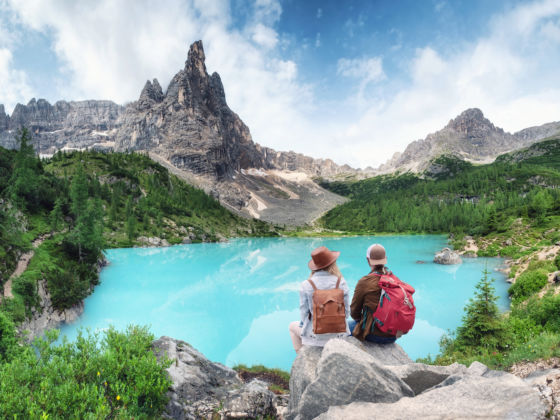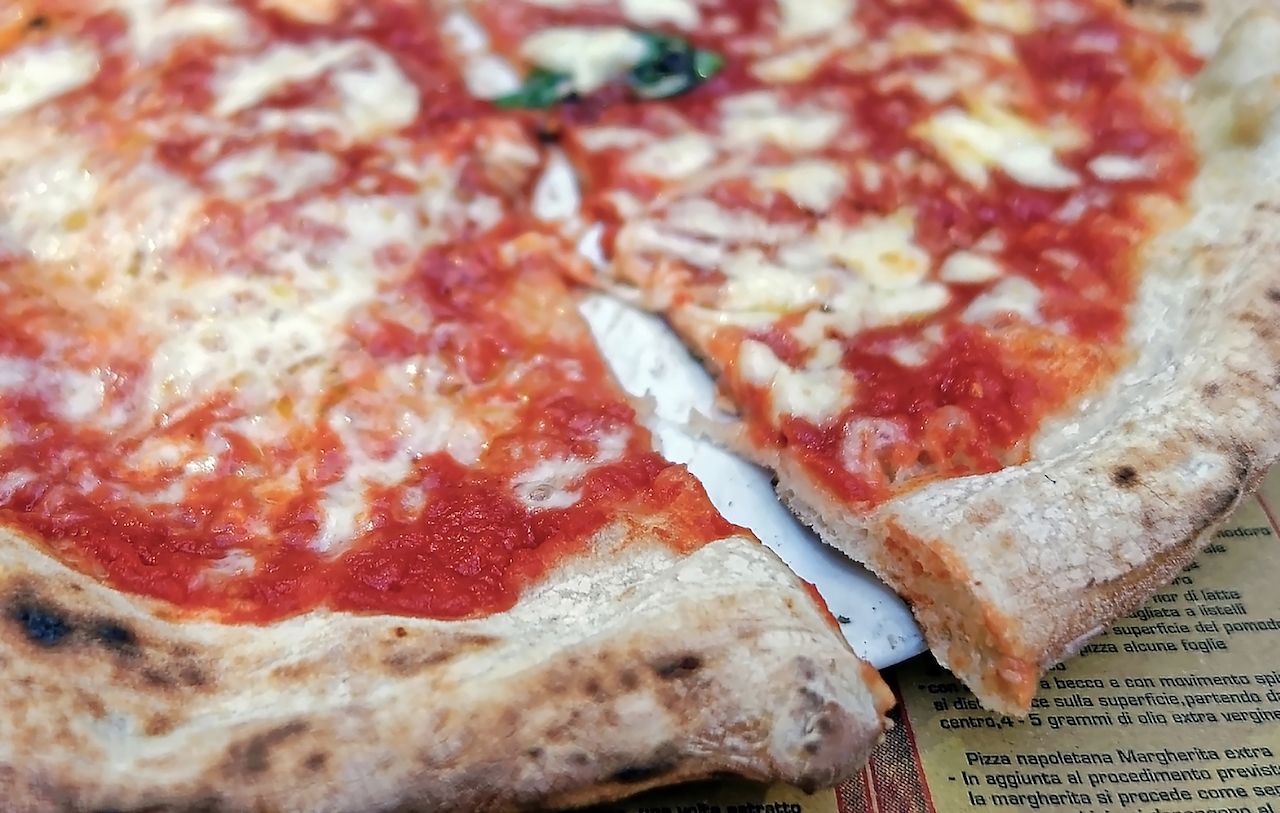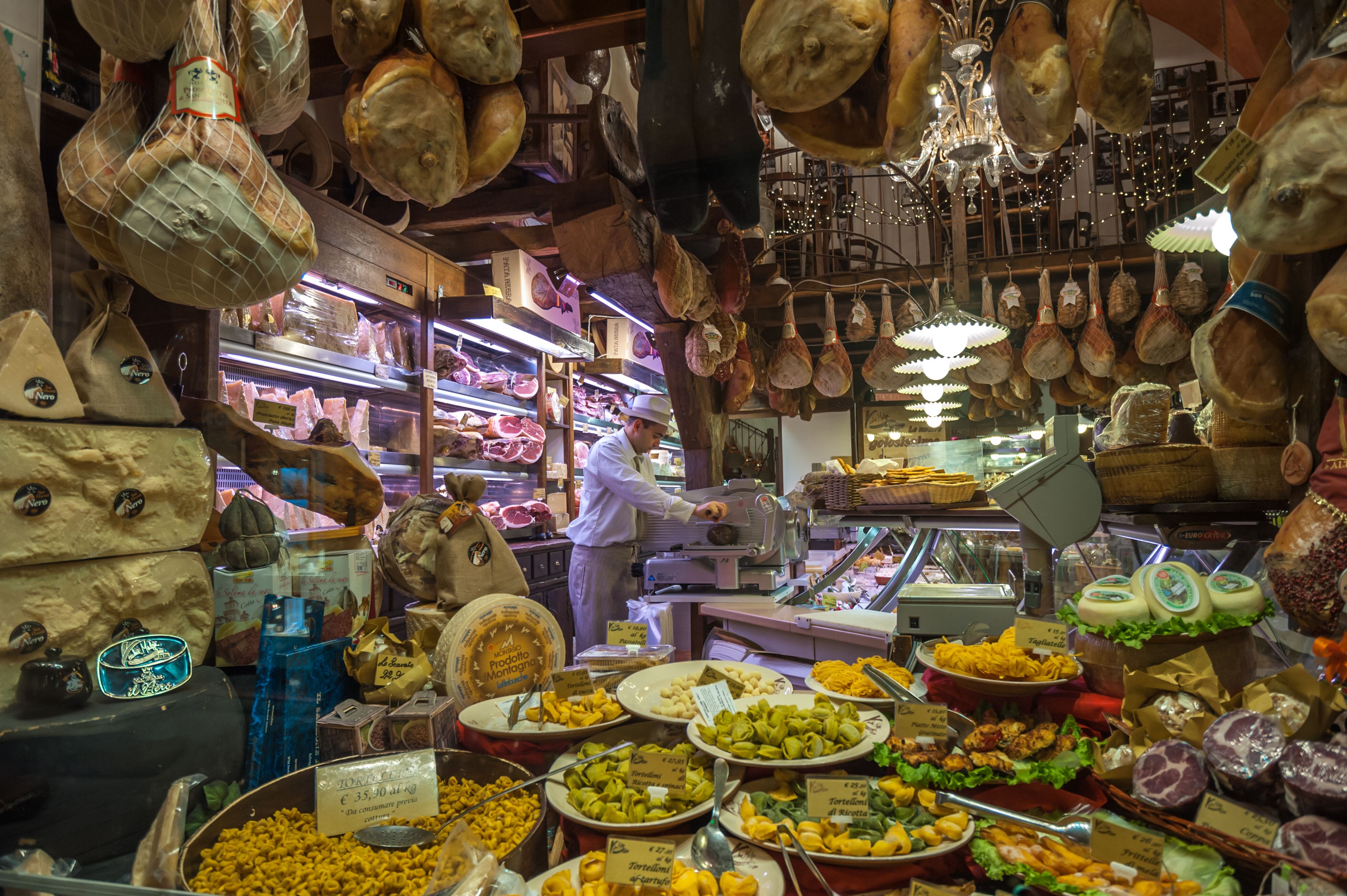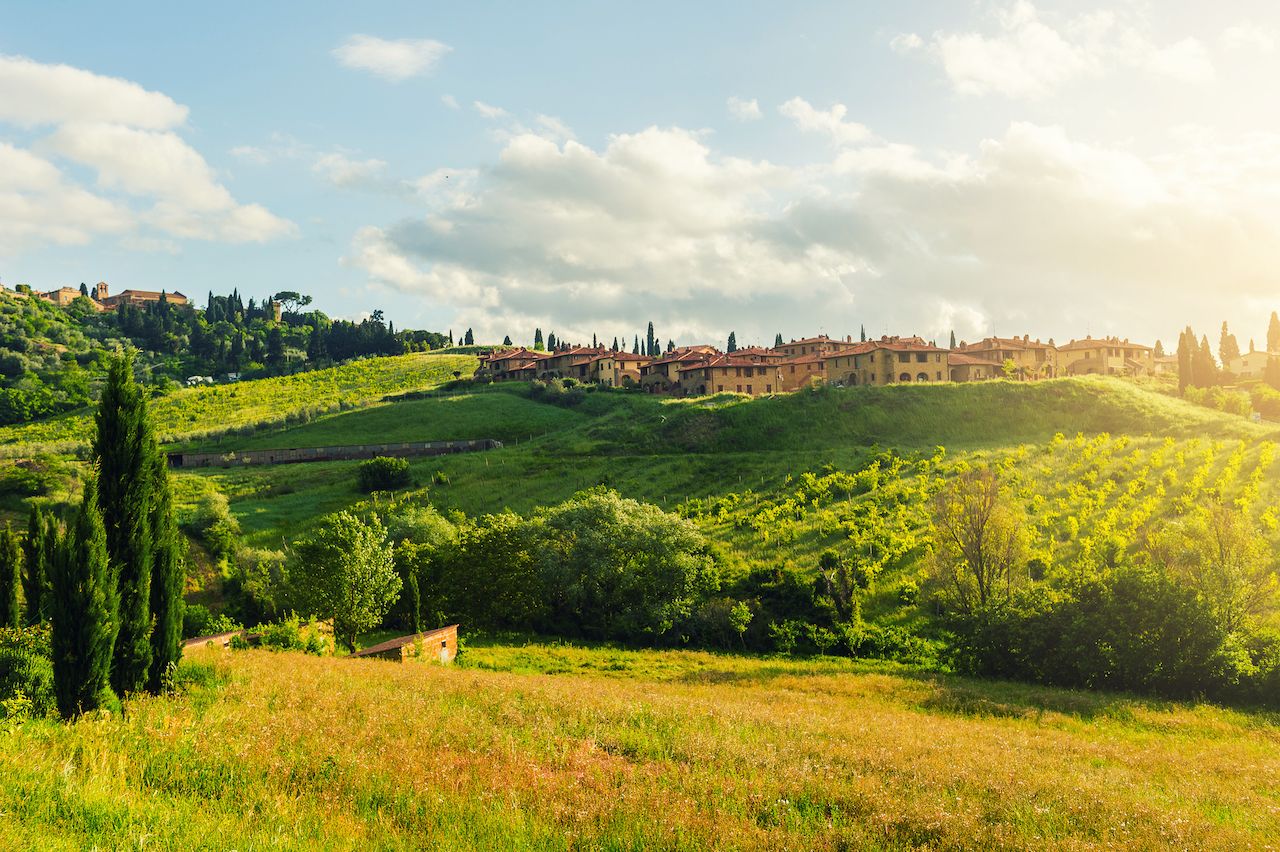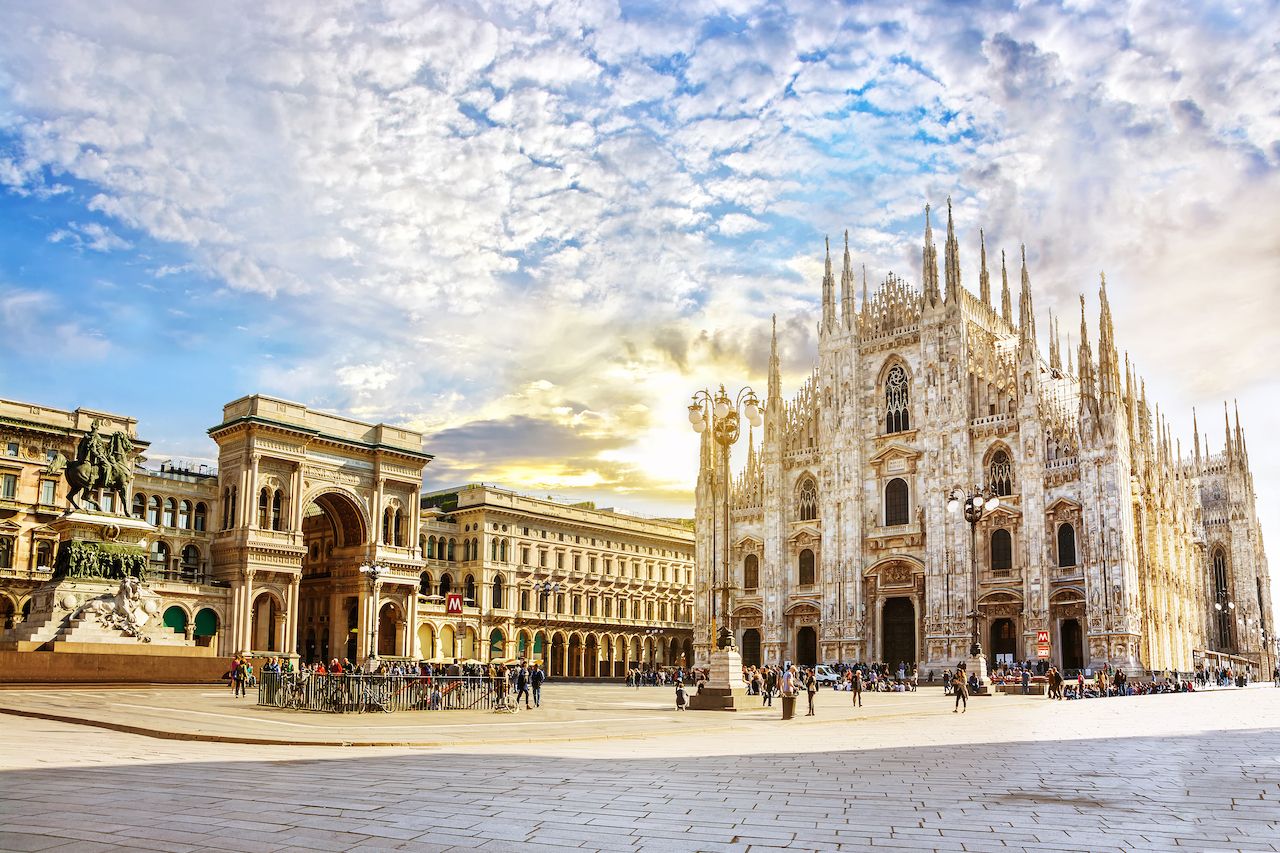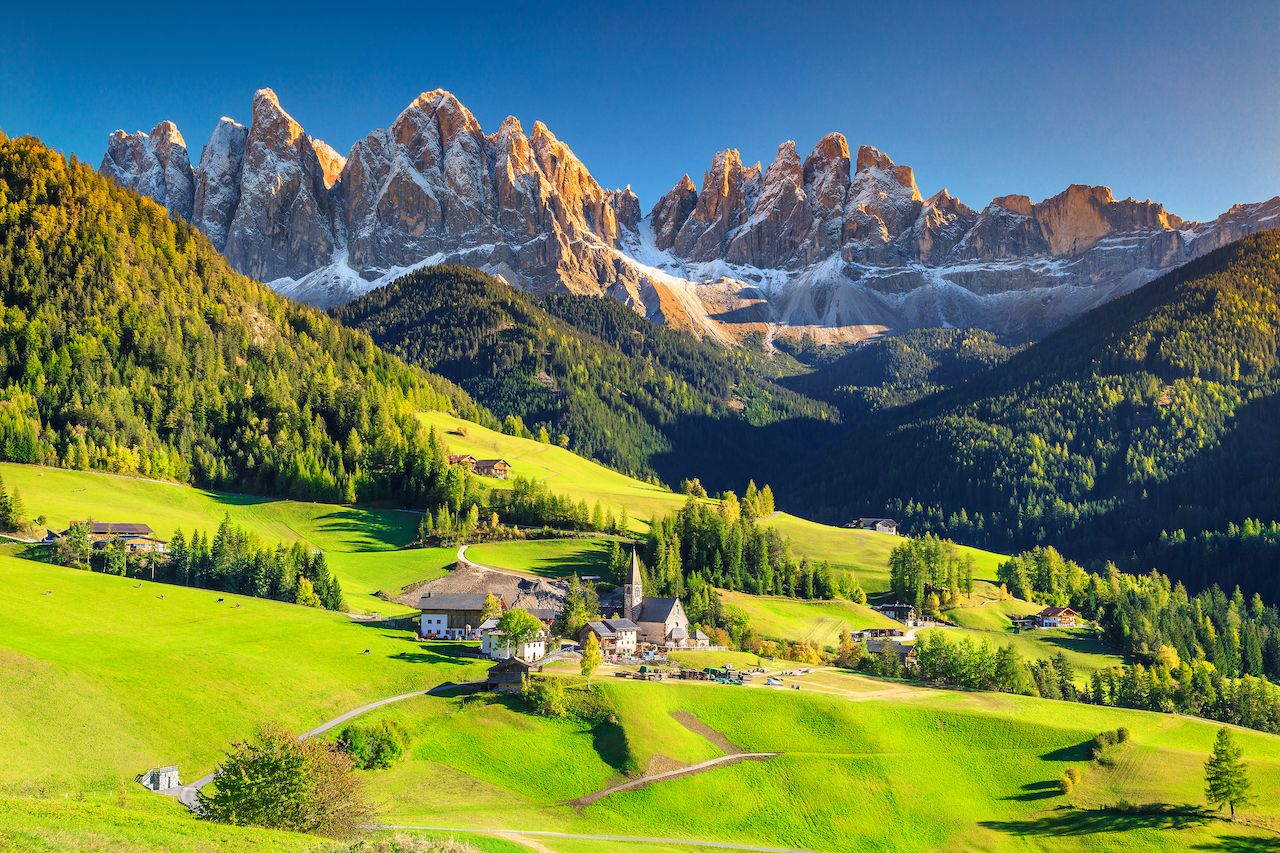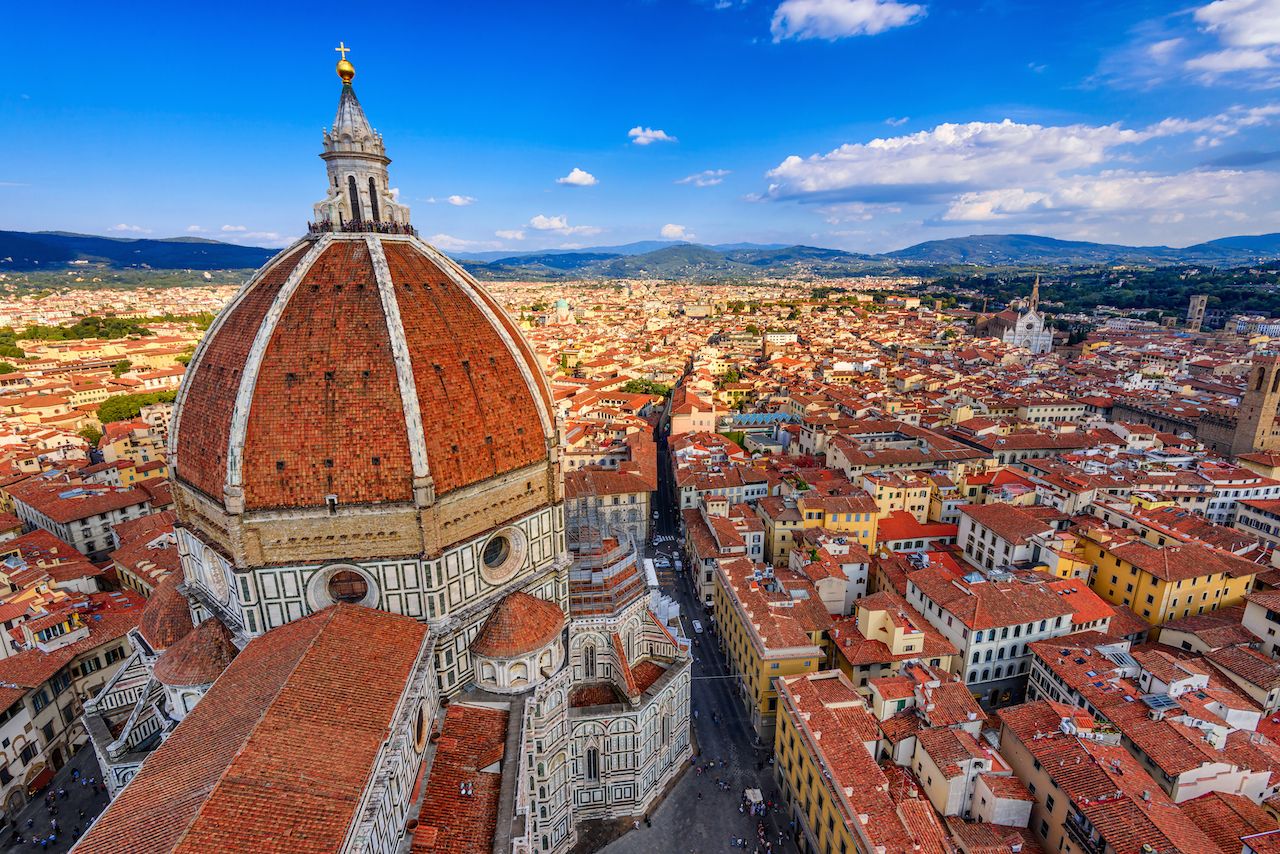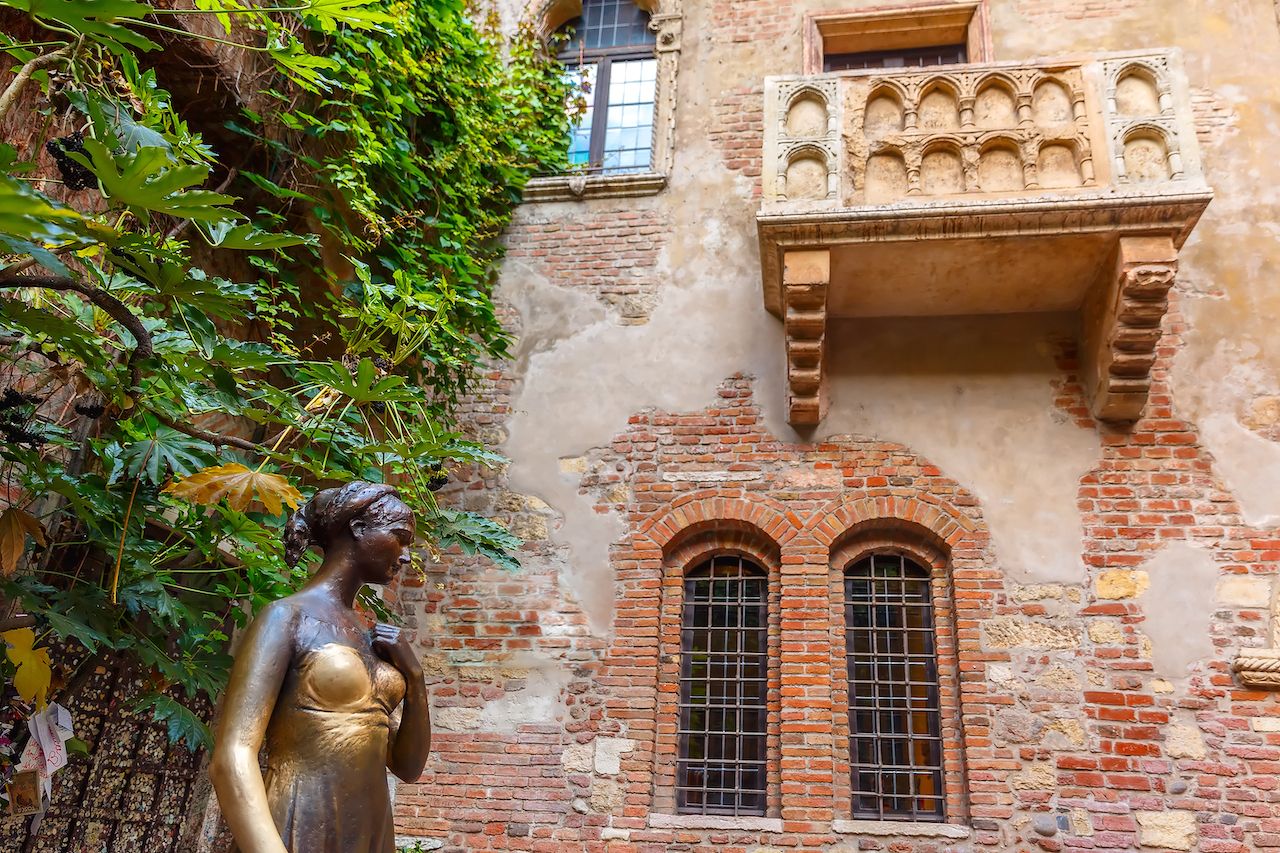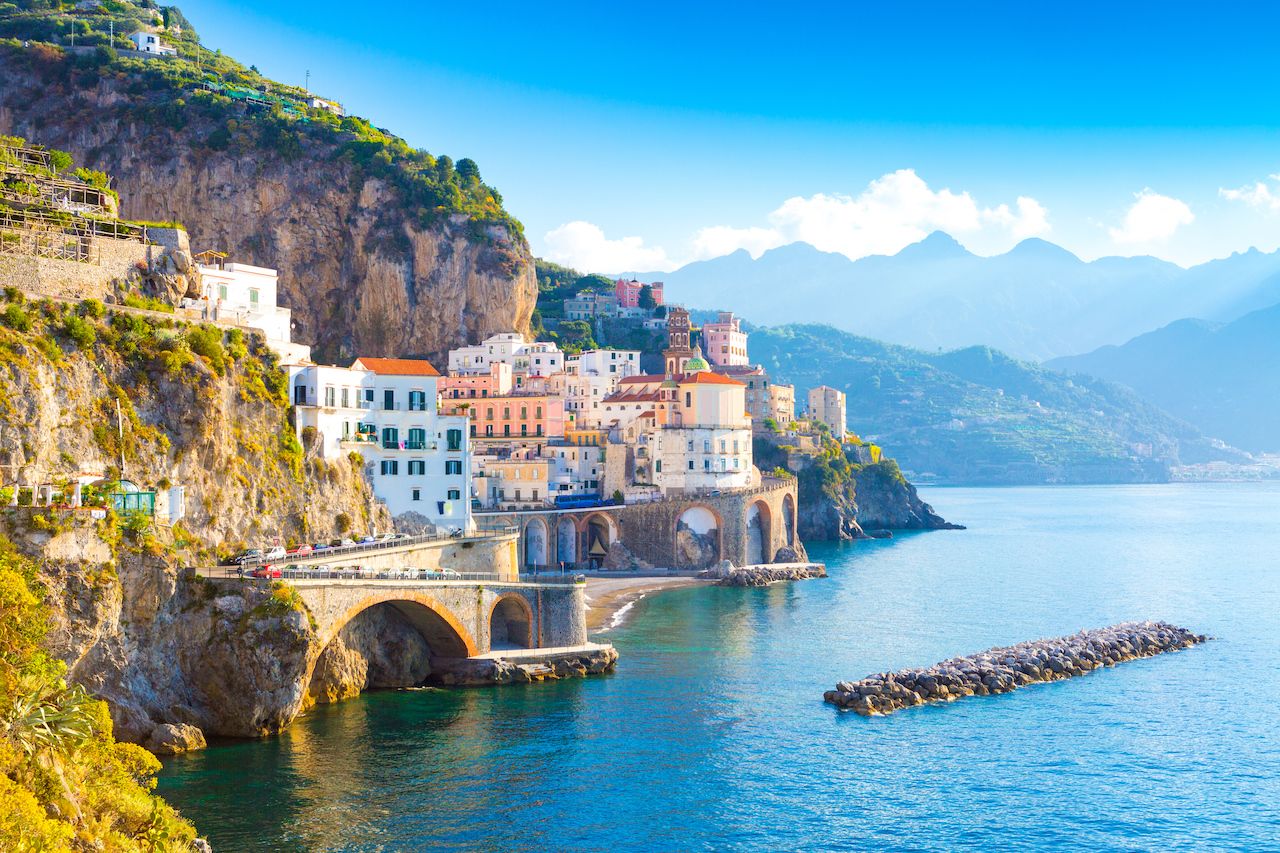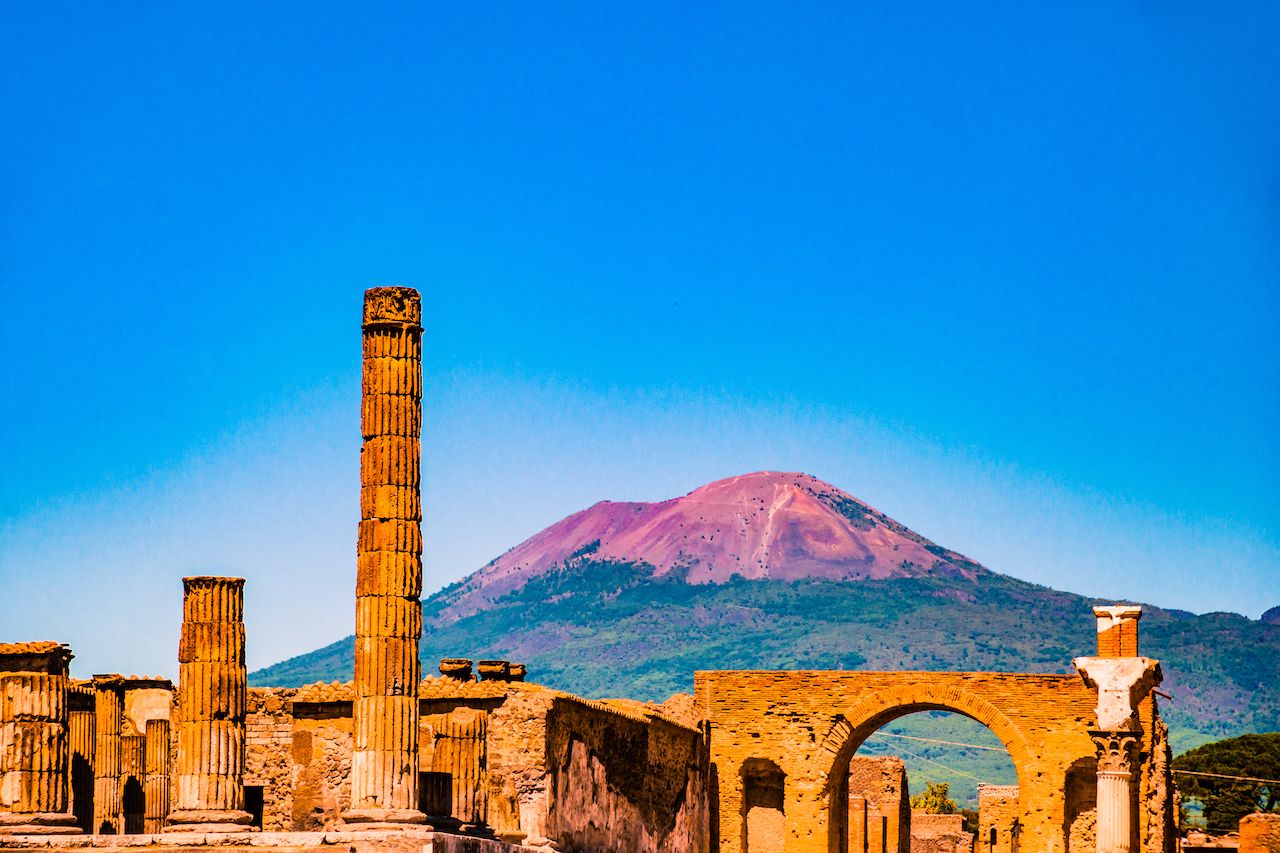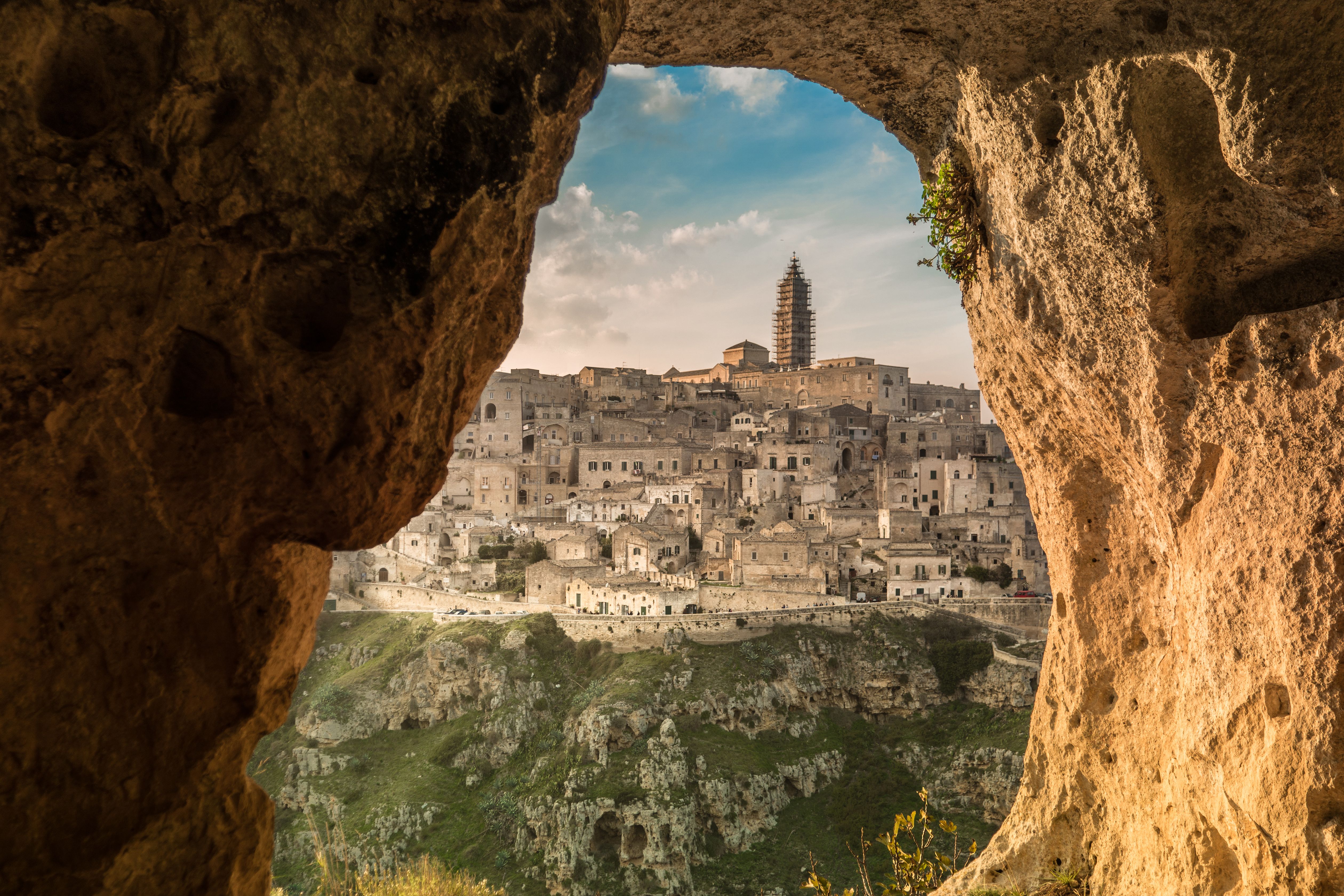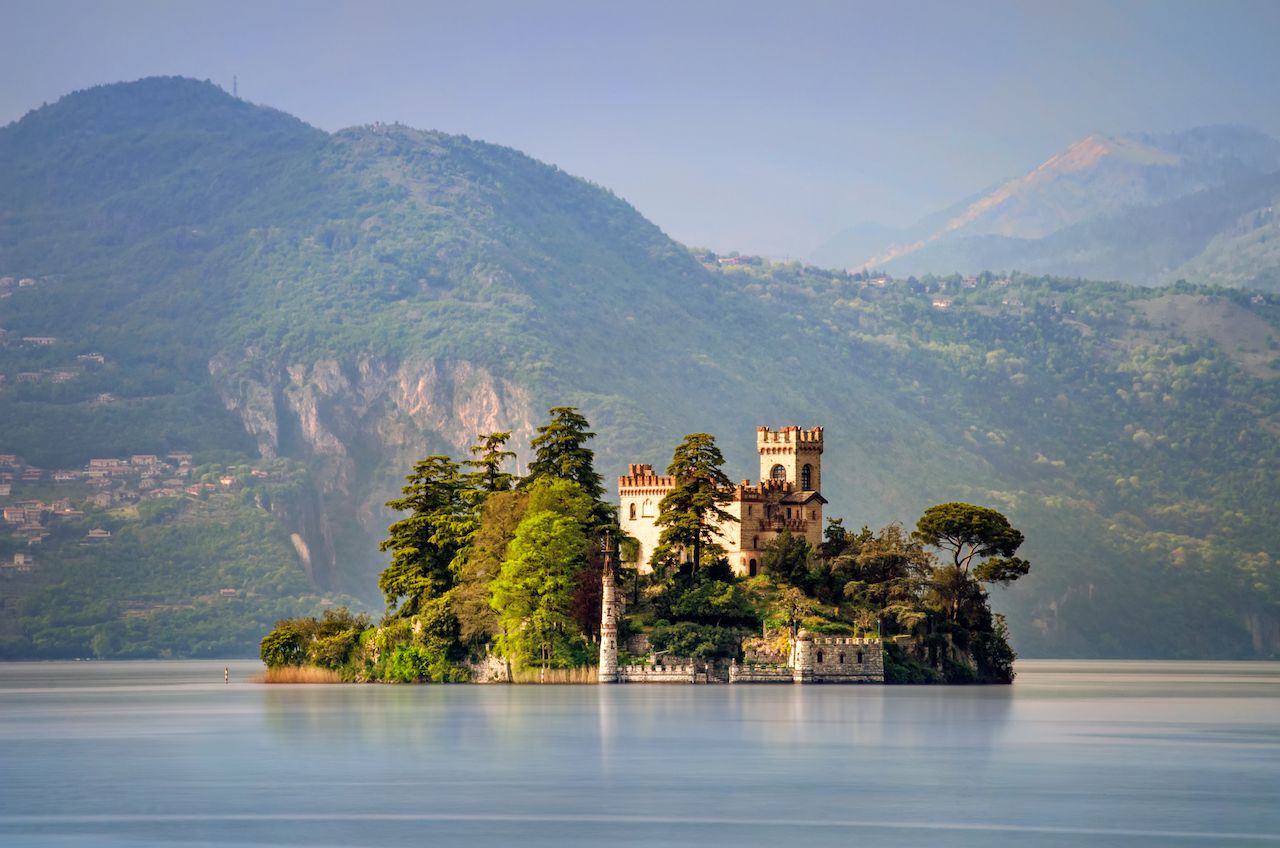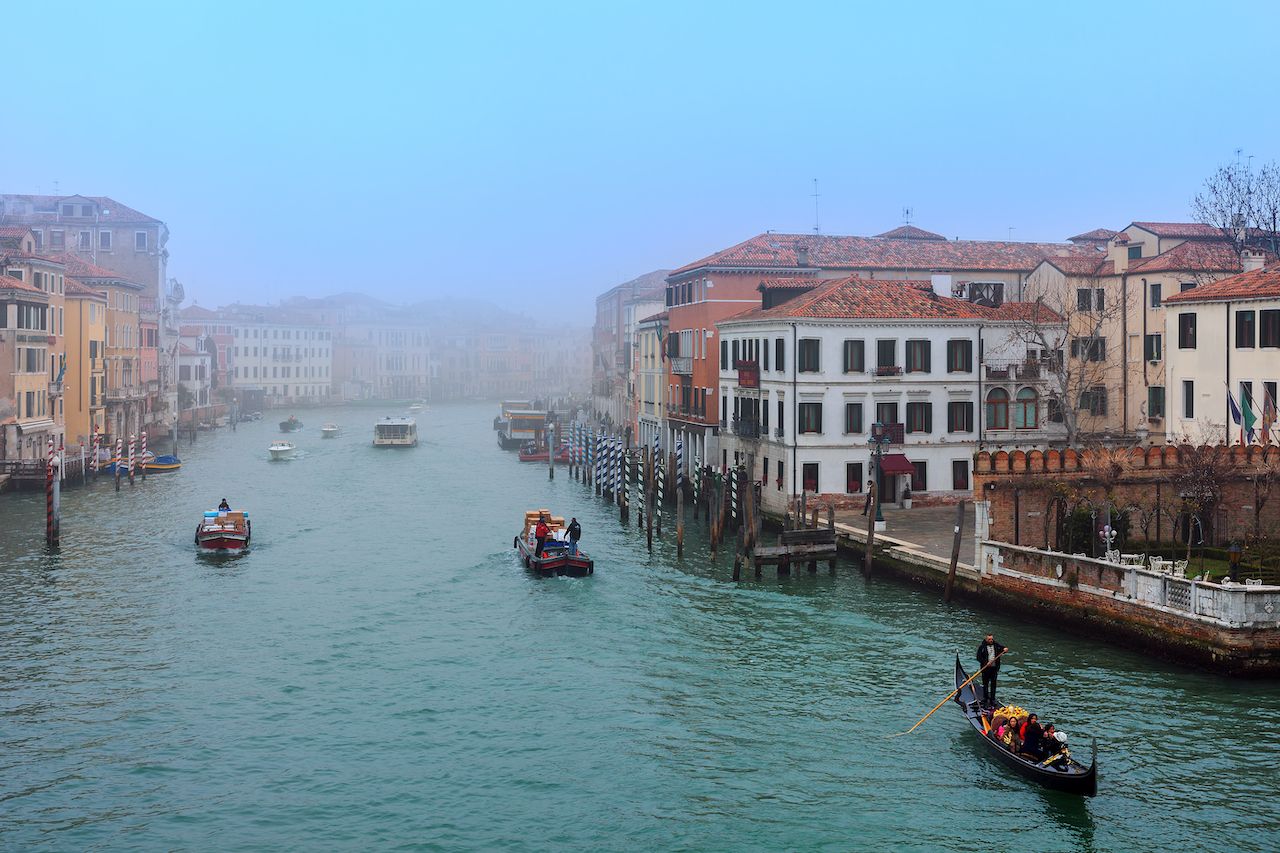Italy’s not just a place. It’s a lifestyle.
It’s reaching for olive oil, rather than butter, then drizzling on a little extra. Taking regular espresso breaks but swearing off milky coffee after breakfast. Staying up late without staying out all night, and honoring superstitions passed down by your nonna.
Business hours are a loose concept, but you can set your watch by riposo, Italy’s answer to Spain’s siesta. The whole country’s a style icon, but it’s hardly lacking character or natural beauty, from fishing villages radiating Mediterranean vibes to low-key luxe mountain towns oozing Alpine cool. Then there’s the bigger, historic, pleasantly walkable cities.
